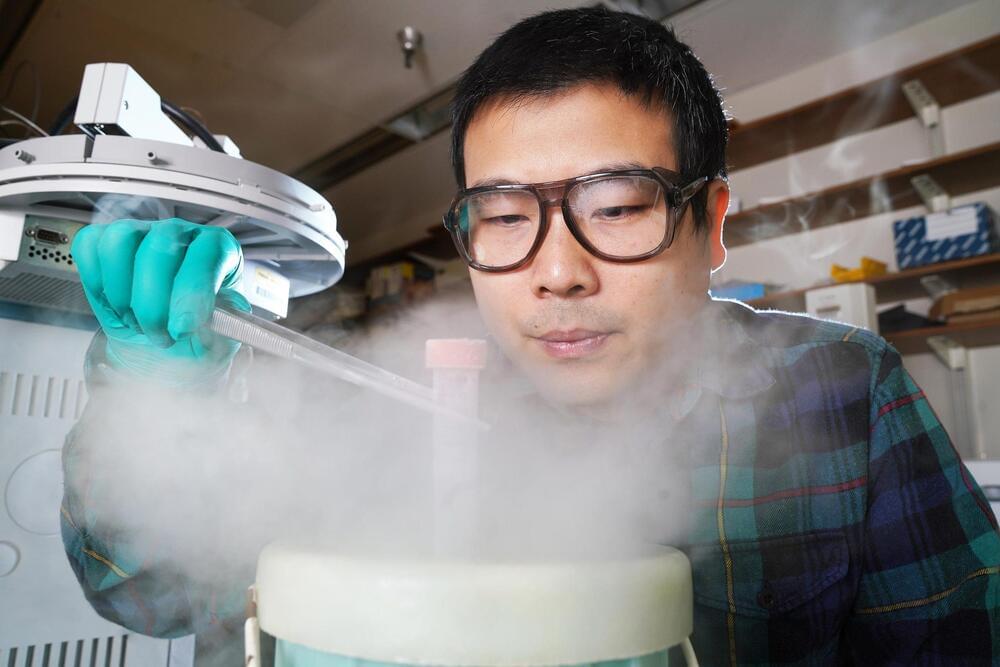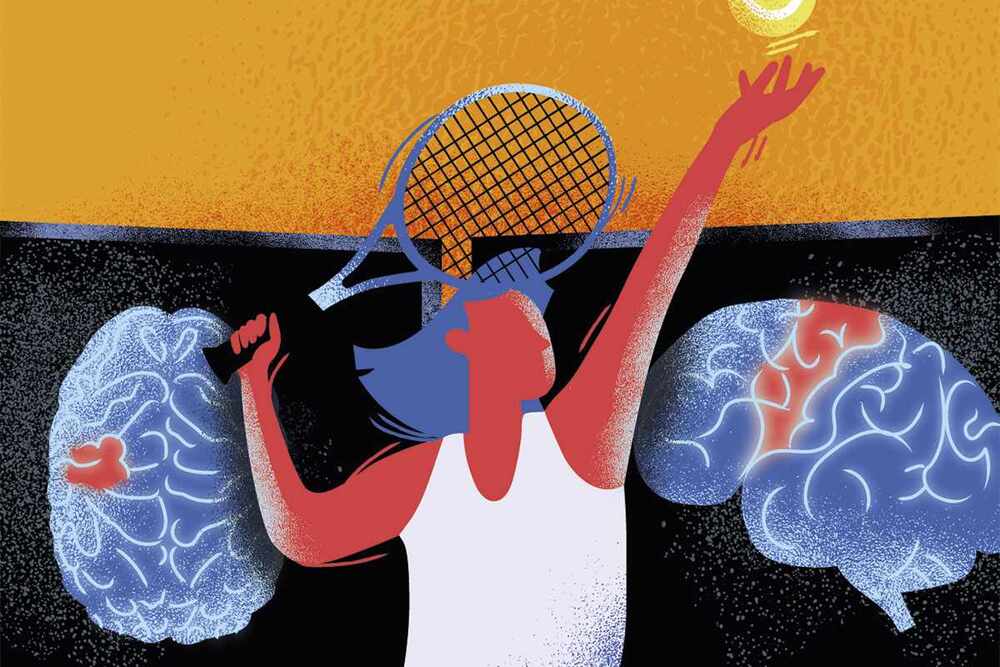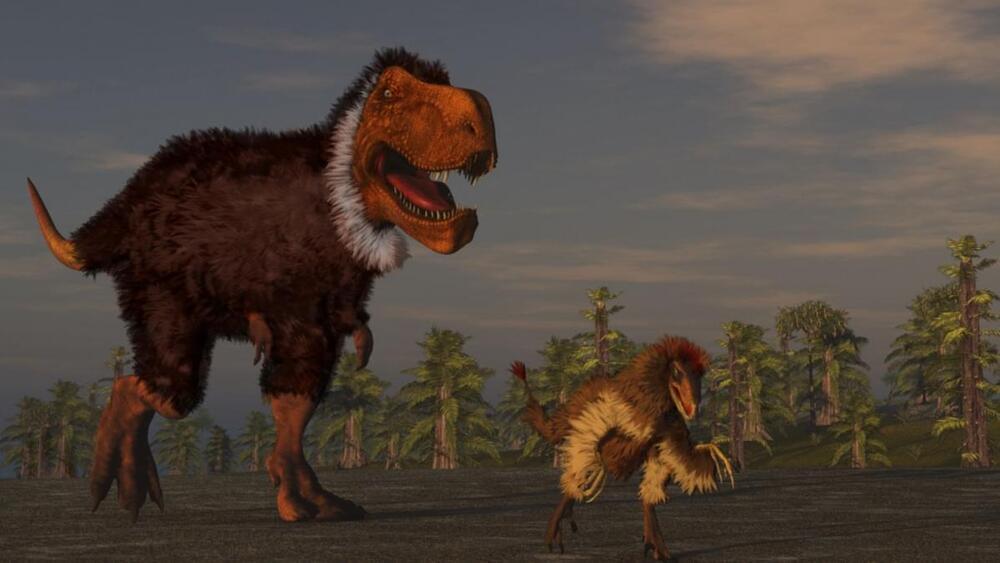Jan 3, 2022
Christians point to genetics breakthroughs to show Adam and Eve are not incompatible with evolution
Posted by Kelvin Dafiaghor in categories: biotech/medical, evolution, genetics
Many Christians have rejected the scientific theory of evolution in part because they think it rules out the existence of a historical Adam and Eve. Yet some scientists and theologians argue that recent breakthroughs in genetics make a historical Adam and Eve compatible with evolution, and that this development may help bridge what many see as a conflict between faith and science.
“For over 160 years, the societal conflict over evolution has been deep and stubborn. But now, in a surprise twist, evolutionary science is making space for Adam and Eve,” S. Joshua Swamidass, an associate professor at the Washington University School of Medicine in St. Louis, Missouri, told Fox News Digital. “It turns out that the theological questions are about genealogical ancestry, not genetics. In this paradigm shift, we are finding a better way forward, a better story to tell.”
In his book “The Genealogical Adam and Eve: The Surprising Science of Universal Ancestry,” Swamidass argues that genetics and evolutionary theory do not conflict with the existence of Adam and Eve, universal ancestors of all humans whom Jesus died to save.

















